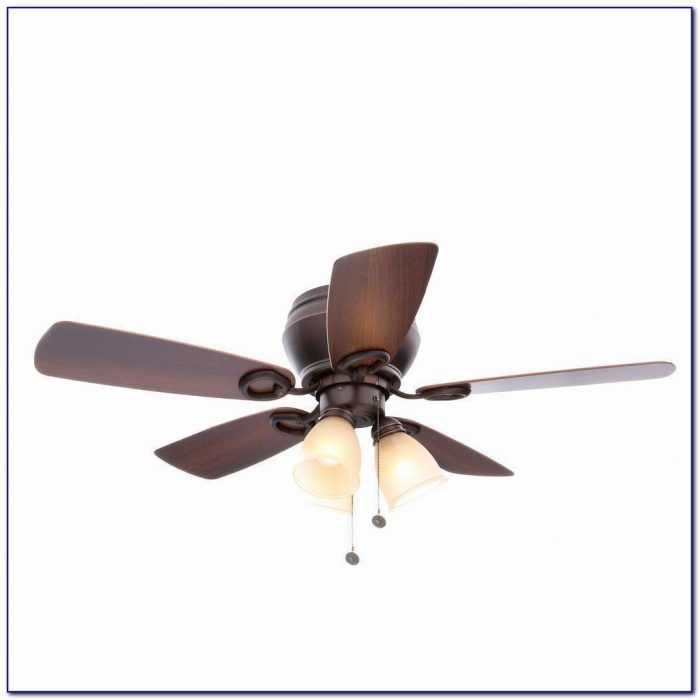

It is important to run the fan at a low speed (or a lowest speed the fan is able to circulate the air down to the floor) to minimize the wind chill effect described above. Thus the thermostat in the area can be set a few degrees lower to save energy, while maintaining the same level of comfort. In this case, the blade should be pitched to the right (or left if the motor spins clockwise) for downdraft, and left (or right if the motor spins clockwise) for updraft. Some ceiling fans, mostly Hunter ones made in or before 1984, are mechanically reversible (have adjustable blade pitch) instead of an electrically reversible motor. Therefore, ceiling fans that have a mechanism for reversing the direction in which the blades push air (most commonly an electrical switch on the unit's switch housing, motor housing, or lower canopy) can help in both heating and cooling.

In 2001, Washington Post writer Patricia Dane Rogers wrote, “Like so many other mundane household objects, these old standbys are going high-style and high-tech.” Uses Unlike air conditioners, fans only move air-they do not directly change its temperature. Since 2000, important inroads have been made by companies such as Monte Carlo, Minka Aire, Quorum, Craftmade, Litex and Fanimation - offering higher price ceiling fans with more decorative value. The fans became very effective energy saving appliances for residential and commercial use by supplementing expensive air conditioning with a cooling wind-chill effect.Įven the most basic U.S-made fans sold for $200 to $500, while the most expensive imported fans rarely exceeded $150. These Indian manufactured ceiling fans caught on slowly at first, but Markwardt's Encon Industries branded ceiling fans (which stood for ENergy CONservation) eventually found great success during the energy crisis of the late 1970s and early 1980s, since they consumed far less energy (under 70 watts of electricity) than the antiquated shaded pole motors used in most other American made fans. Crompton Greaves had been manufacturing ceiling fans since 1937 through a joint venture formed by of India and of, and had perfected the world's most energy efficient ceiling fans thanks to its patented 20 pole with a highly efficient heat-dissipating cast aluminum rotor. (Hub) Markwardt began importing highly efficient ceiling fans to the that were manufactured in by, Ltd. Meanwhile, electric ceiling fans became very popular in other countries, particularly those with hot climates, such as and the, where a lack of infrastructure and/or financial resources made energy-hungry and complex freon-based equipment impractical. By the 1960s those that remained were considered items of nostalgia.


 0 kommentar(er)
0 kommentar(er)
